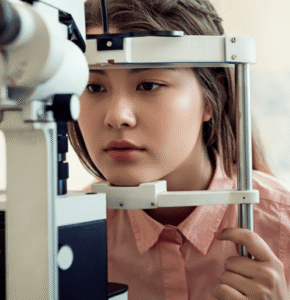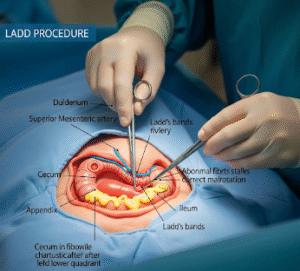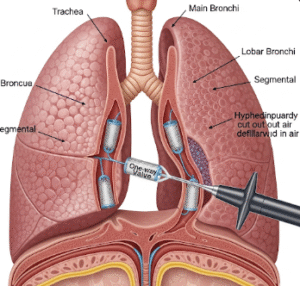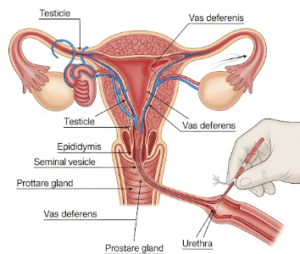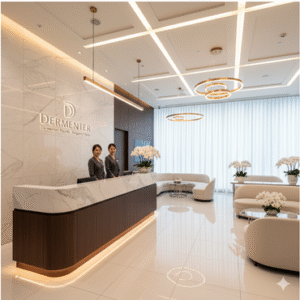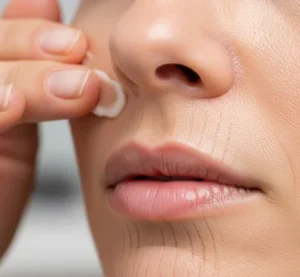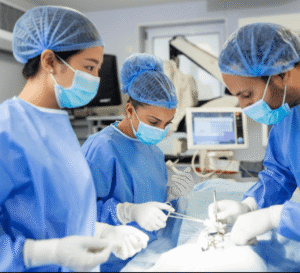Overview
Heatstroke is a serious medical emergency caused by prolonged exposure to high temperatures, leading to the body’s inability to regulate heat. In Korea, heatstroke incidents are most common during the hot and humid summer months, particularly affecting the elderly, outdoor workers, and athletes. Prompt recognition and treatment are critical to prevent severe complications or death.
What is Heatstroke?
Heatstroke occurs when the body overheats, often above 40°C (104°F), due to prolonged heat exposure or strenuous physical activity. It can be classified as classic (non-exertional), usually affecting vulnerable populations, or exertional, common in athletes or laborers. Heatstroke affects all age groups but is especially dangerous for older adults and individuals with chronic health conditions.
Symptoms
- High body temperature (above 40°C / 104°F)
- Hot, dry, or flushed skin
- Rapid heartbeat and breathing
- Confusion, dizziness, or fainting
- Headache and nausea
- Seizures or loss of consciousness
- Muscle cramps (in exertional cases)
Causes
- Prolonged exposure to hot and humid weather
- Strenuous physical activity without adequate hydration
- Wearing heavy or non-breathable clothing
- Pre-existing medical conditions affecting heat regulation
- Certain medications that impair sweating or circulation
Risk Factors
- Elderly or very young individuals
- Chronic illnesses such as heart, kidney, or lung disease
- Dehydration or inadequate fluid intake
- Outdoor workers, athletes, or military personnel
- Use of medications affecting thermoregulation
- Alcohol or drug use
Complications
If untreated, heatstroke can lead to:
- Organ failure, including kidneys, liver, and brain
- Seizures and permanent neurological damage
- Rhabdomyolysis (muscle breakdown)
- Cardiovascular collapse or arrhythmias
- Death in severe cases
Prevention
- Stay hydrated and drink water regularly, especially during hot weather
- Avoid outdoor activities during peak heat hours (10 a.m.–4 p.m.)
- Wear light, breathable clothing
- Use fans, air conditioning, or shaded areas to reduce heat exposure
- Gradually acclimate to hot environments during physical activity
- Educate vulnerable populations about heat safety
Treatment Options in Korea
In Korea, heatstroke is treated as a medical emergency in hospitals and emergency centers:
- Immediate cooling measures:
- Move the patient to a cool environment, remove excess clothing, and apply ice packs or cooling blankets
- Medical interventions:
- Intravenous fluids to correct dehydration and electrolyte imbalances
- Medications to manage seizures, arrhythmias, or complications
- Monitoring and supportive care:
- Continuous monitoring of body temperature, heart rate, blood pressure, and organ function
- Advanced care for severe cases:
- Intensive care unit (ICU) admission for organ support, including dialysis if necessary
- Specialized hospitals:
- Samsung Medical Center, Seoul National University Hospital, and Asan Medical Center have dedicated emergency and ICU services for heatstroke treatment
- Follow-up care:
- Evaluation for organ damage and guidance on preventing future heat-related illnesses
With rapid recognition and treatment in Korea, most patients recover fully from heatstroke, though severe cases require intensive medical support.






